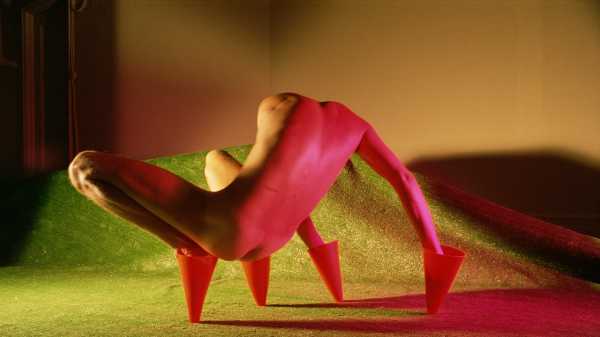
Jimmy DeSana’s reputation might have died when his own life ended, in 1990, as a result of AIDS. He was only forty years old. Although DeSana was busy, prolific, and popular during his lifetime—with work included in two of the buzziest, most definitive exhibitions of the nineteen-eighties, “The Times Square Show” (1980) and PS1’s “New York/New Wave” (1981)—he in hindsight seemed stranded at the edge of the scene. But a new retrospective at the Brooklyn Museum, titled “Jimmy DeSana: Submission” (up through April 16th, and accompanied by an equally shrewd and exhaustive catalogue), locates him much closer to the center of the action, and makes a case for his ongoing relevance. From the beginning, DeSana’s work was erotic, compulsive, gender-fluid, and all the more unsettling for its comic flashes. The exhibition opens with “101 Nudes,” a wall-filling grid of fifty-six small black-and-white photolithographs that DeSana submitted as his thesis project at Georgia State University, in 1972. In imitation of amateur porn and flea-market snapshots, the pictures are deliberately artless: badly lit, self-consciously posed, and awkwardly staged, mostly in suburban interiors. DeSana’s naked subjects are friends, both male and female, among them one in full drag. Few look comfortable in front of the camera.
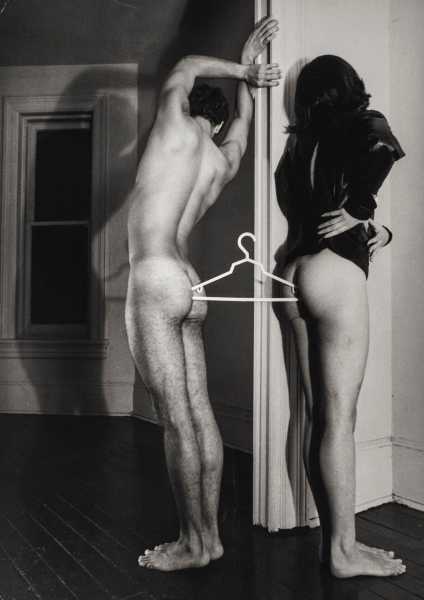
“Coat Hanger,” 1979.
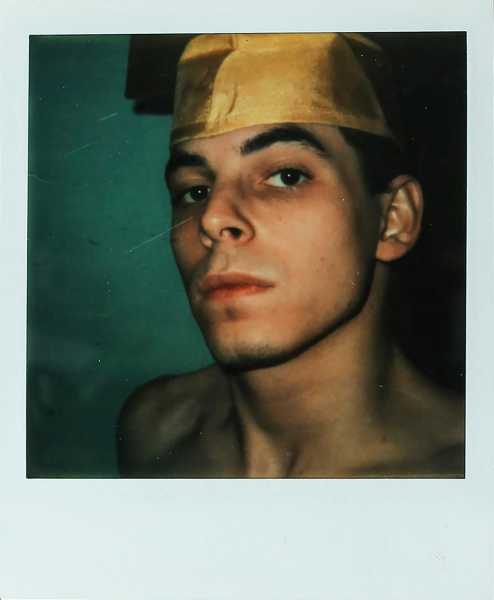
“Untitled (Self-Portrait w/ Graduation Cap),” 1978.
With “101 Nudes” as his calling card, DeSana was quickly taken up by the thriving, eccentric, and frankly queer mail-art network that radiated from Ray Johnson and his New York Correspondance [sic] School. Canada had its own mail-art hub, in Toronto, centered on General Idea (A. A. Bronson, Felix Partz, Jorge Zontal) and their gossipy magazine File. A naked self-portrait of the artist hanged by his neck from a door frame—with a hard-on—made DeSana an instant File icon, and the cover star of a 1974 spin-off called Vile. In the Brooklyn Museum’s opening galleries, the curator Drew Sawyer contextualizes the self-portrait with other examples of DeSana’s stylized portraiture, featuring the likes of William S. Burroughs, Andy Warhol, Yoko Ono, Jack Smith, Kenneth Anger, Patti Astor, Billy Idol, Laurie Anderson, and Richard Hell. A portrait of Debbie Harry, laughing in sunglasses, appeared on the cover of File under the headline “Punk ’Til You Puke.” The counterculture had come to define the culture, and DeSana played a key role, turning rising stars into hipster pinups and making the occasional atmospheric video of the newest No Wave bands.
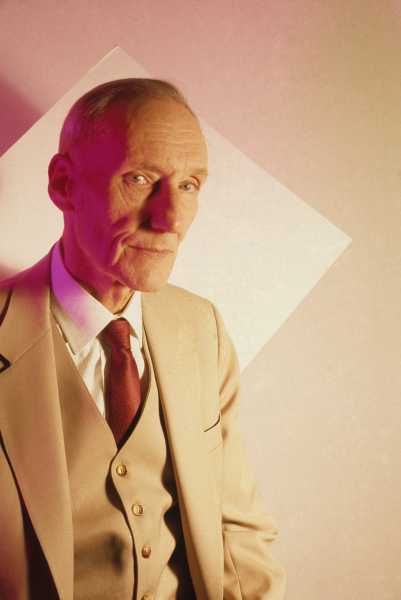
“William S. Burroughs,” 1981.
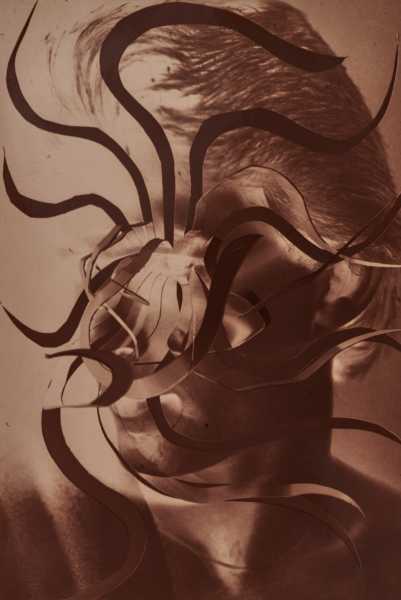
“Eyelashes,” 1986.
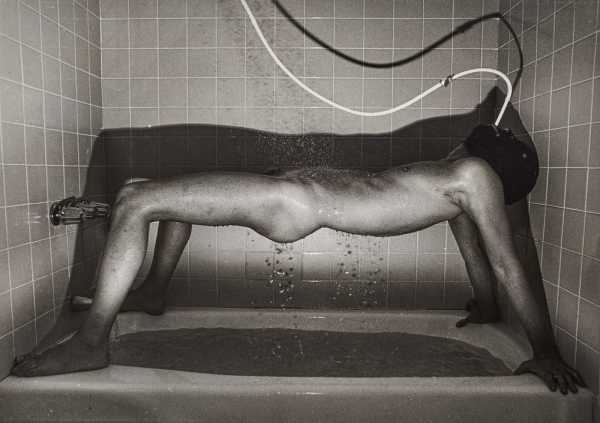
“Enema,” 1977-78.
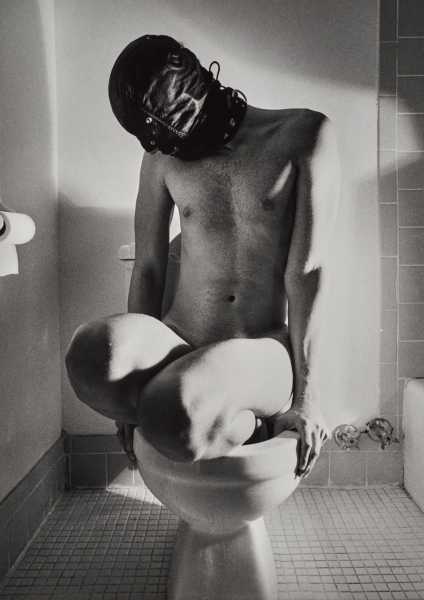
“Toilet,” 1977-78.
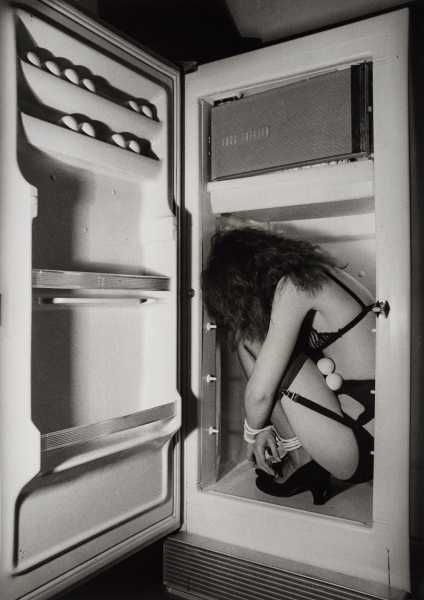
“Refrigerator,” 1978.
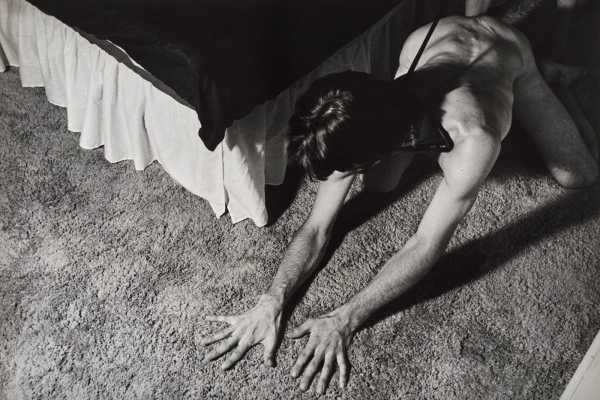
“Untitled,” from the series “The Dungeon,” 1978.
He also dabbled in S & M, initially alongside the author and dominatrix Terence Sellers, who invited him to illustrate her book “The Correct Sadist.” Working with willing subjects in Sellers’s “dungeon,” in his own apartment, and outdoors, DeSana shot a series of voyeuristic black-and-white images that avoid identifying their participants while showing them at their most abject. Well into the project, DeSana shared the images with Burroughs, who had been a fan of DeSana’s since the hanged self-portrait was first published, and they decided to use the pictures for a book of their own. The result, “Submission,” self-published in 1980, shuffled some of the Sellers material in with other, new work that she deemed “mostly absurd.” She meant to be dismissive, but absurd, in the theatrical sense, is an apt word for the book’s unlikely collisions of bodies and objects, all luridly lit: a red high heel trapped under pantyhose, a screaming mouth full of cocktail toothpicks, a suspended figure with his head in a foaming toilet bowl. The effect is David Cronenberg’s body horror meets Guy Bourdin’s fashionable fetishism. At once laughable and alarming, playful and lethal, the work still lands like a psychological time bomb.
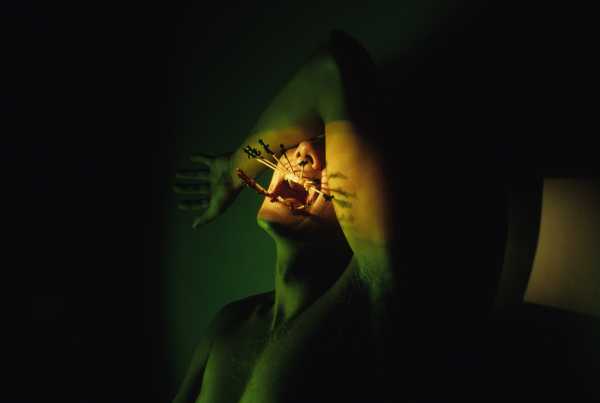
“Party Picks,” 1981.
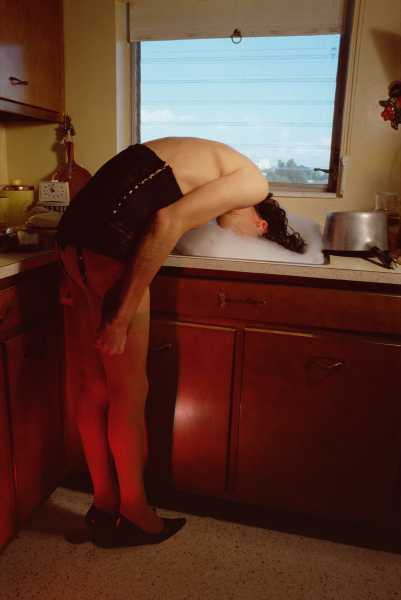
“Sink,” 1979.
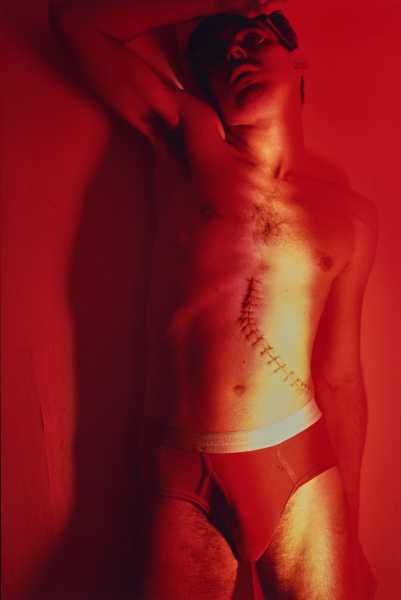
“Stitches,” 1984.
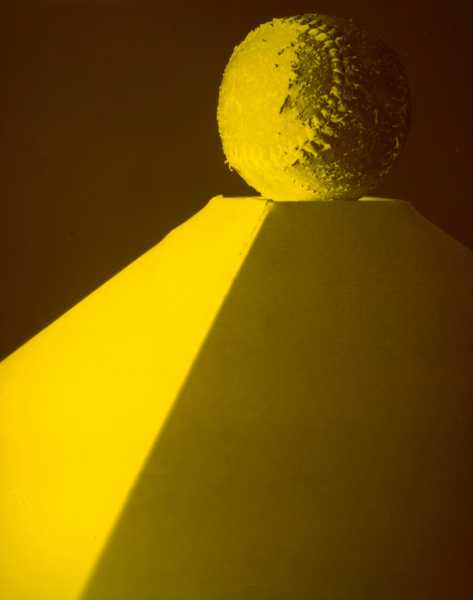
“Soft Ball,” 1985.
Although DeSana continued to make portraits and nudes, in the last decade of his life he turned increasingly toward abstraction. Under the influence of Man Ray and the Dada crew, he rendered ordinary objects—a softball, a wooden chair, tangles of string—both uncanny and oddly seductive. “A photograph is how much you want to lie,” he said, “how far you want to stretch the truth about the object.” But much of his late abstract images were made when he was struggling against the gnawing effects of AIDS. The disease didn’t keep him from curating a show of “Abstraction in Contemporary Photography,” for Hamilton College’s Emerson Gallery, late in 1989, but it did tend to keep him closer to the darkroom, where he immersed himself in the hands-on process of creating some of his most beautiful prints. A number of these suggest an energized, explosive cosmos: darkness suffused with light. “I was thinking about . . . how to make a photograph of nothing,” he told his friend, the artist and photographer Laurie Simmons, who is now the executor of the DeSana estate. “I think my life changed a lot and that changed my way of looking at things. I didn’t want to joke about sexuality. I wanted to talk about death and nothingness, the way that I perceived death.” But DeSana’s nothingness is never empty, never morbid. A series of late photo collages, little seen in his lifetime, is among his most sprightly and inventive work. Like so much else in the exhibition, it’s never looked better.
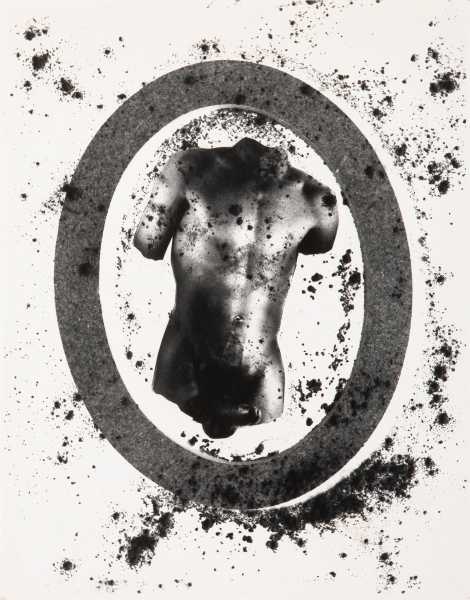
“Salvation,” 1987-88.
Sourse: newyorker.com






